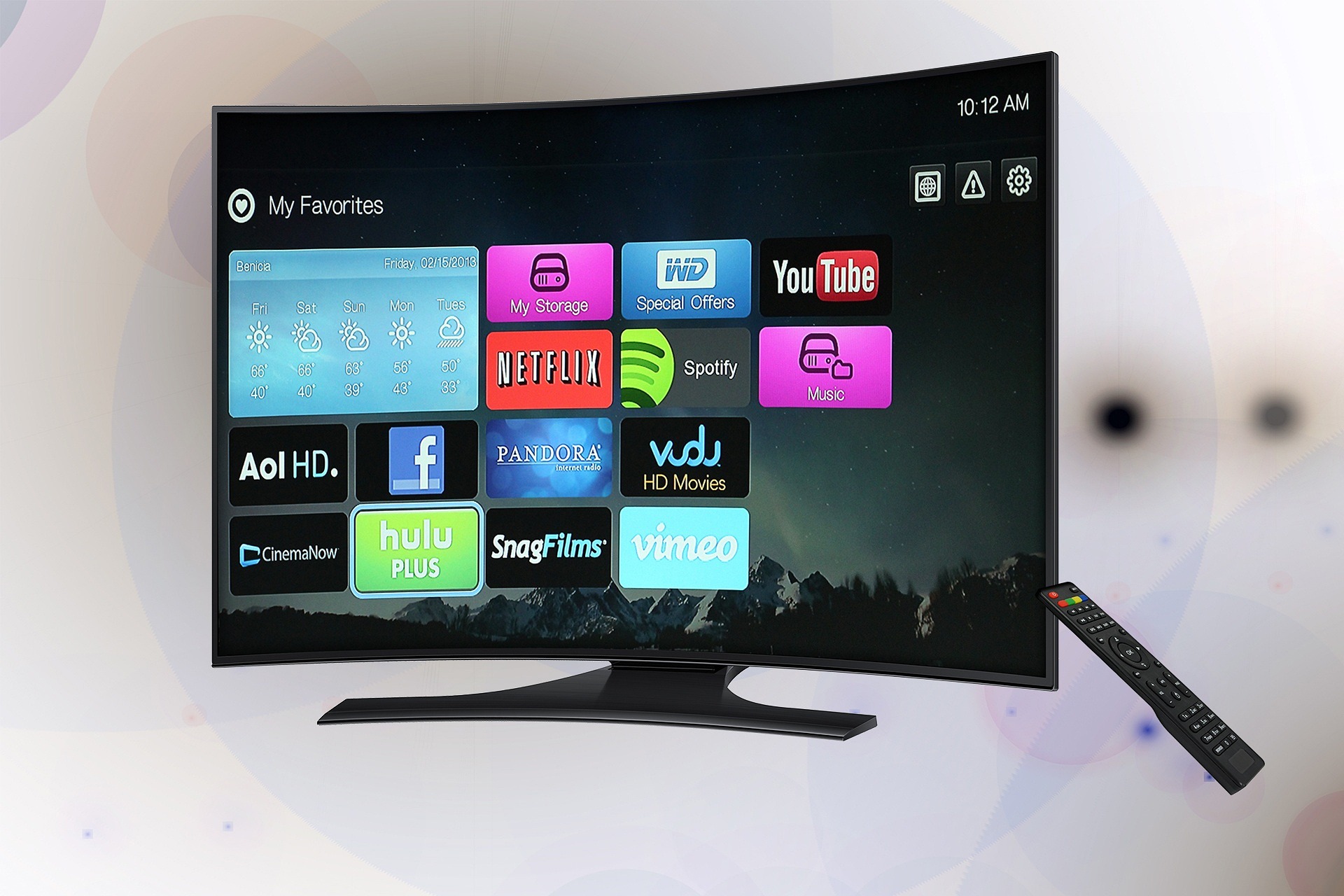Dissecting the Future of Foldable Tech: A Journey into Tomorrow's Smartphones
The future of technology is always in flux, consistently revealing an array of exciting possibilities. One such promising avenue is foldable tech, especially in the realm of smartphones. This article explores the fascinating world of foldable tech, examining its history, current advancements, and potential market impact.
An Unfolding History: Foldable Tech in a Nutshell
Foldable tech isn’t a new concept. It dates back to the 1970s when the first foldable devices—clamshell phones—were introduced. This revolutionary design allowed for compactness and portability, a concept later adopted by laptops. However, it wasn’t until 2019 that the first modern foldable smartphone, Samsung’s Galaxy Fold, was unveiled. This breakthrough marked the beginning of a new chapter in the foldable tech narrative.
Today’s Foldable Tech: A Whole New Ball Game
The foldable tech scene has undergone considerable evolution since the first Galaxy Fold. Innovations are no longer limited to mere folding screens. Instead, we see dual-screen devices, rollable displays, and even swivelling smartphones. Samsung, Huawei, Motorola, and LG are leading the charge, consistently pushing the envelope to redefine the smartphone experience.
The Market Equation: The Price and Impact of Foldable Tech
Pricing is a significant factor when discussing foldable tech. These devices don’t come cheap, with entry-level models starting from $1,000 and going well beyond $2,000 for premium models. This high price range is a result of the complex and expensive manufacturing process involved in creating flexible displays and durable folding mechanisms.
The market impact of foldable tech, despite the steep prices, is becoming increasingly apparent. According to a report by Market Research Future, the global foldable smartphone market is projected to grow at a compound annual growth rate (CAGR) of 24.3% from 2021 to 2027. This growth is driven by consumers’ demand for novelty, coupled with the practical benefits of having a device that offers the portability of a smartphone and the screen size of a tablet.
The Future of Foldable Tech: What’s on the Horizon?
The future of foldable tech looks promising, with several exciting developments on the horizon. For instance, Samsung is rumored to be working on a double-folding phone with a large, seamless screen. Similarly, TCL is exploring a ‘Fold ‘n Roll’ concept that combines folding and rolling mechanisms into one device.
However, it’s not just about making devices that fold or roll. The future also holds potential for improving durability and affordability, making foldable smartphones accessible to a broader consumer base.
Final Thoughts: Is Foldable Tech the Future?
Foldable tech, with its promise of redefining the smartphone experience, certainly holds a lot of potentials. While there are challenges, such as ensuring durability and reducing prices, the rapid advancements suggest these issues are surmountable. As we move deeper into the 21st century, it’s clear that the age of rigid, flat-screen devices is slowly folding away to make room for a more flexible, dynamic future.





